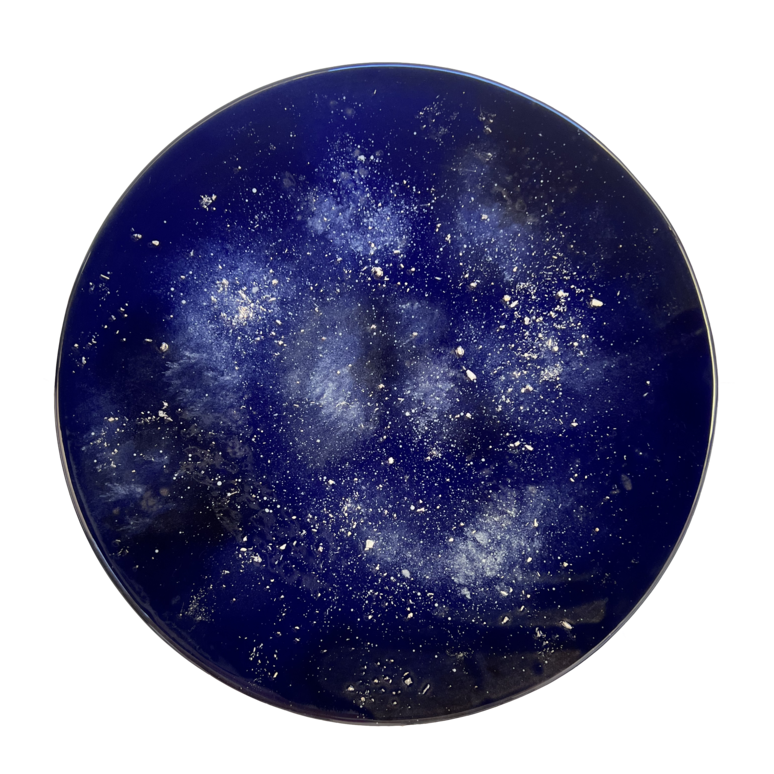
‘Uterus’
“Uterus” is a series of ceramics made by Penelope at Ceramica Gatti in Faenza.
The clay used to make the ceramic is the spark igniting this new series, offering a renewed reflection on life and humanity, expressed in works that need no figuration to speak of the entire human race.
“Uterus” è un ciclo di ceramiche realizzate da Penelope presso Ceramica Gatti di Faenza.
L’argilla di cui la ceramica è composta è la scintilla che accende questa nuova serie, una rinnovata riflessione sulla vita e sull’umanità, espressa in opere che non necessitano di figurazione per parlare dell’intero genere umano.
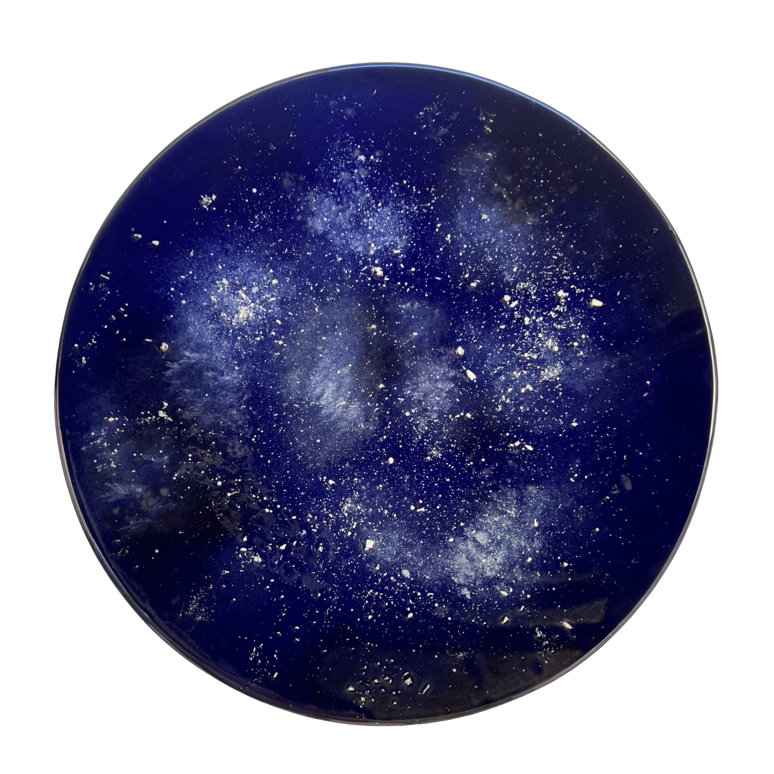
“Cosmic Entropy”, Series “Uterus”, Size: Ø 30 cm (12″), Material: Ceramics, Year: 2023
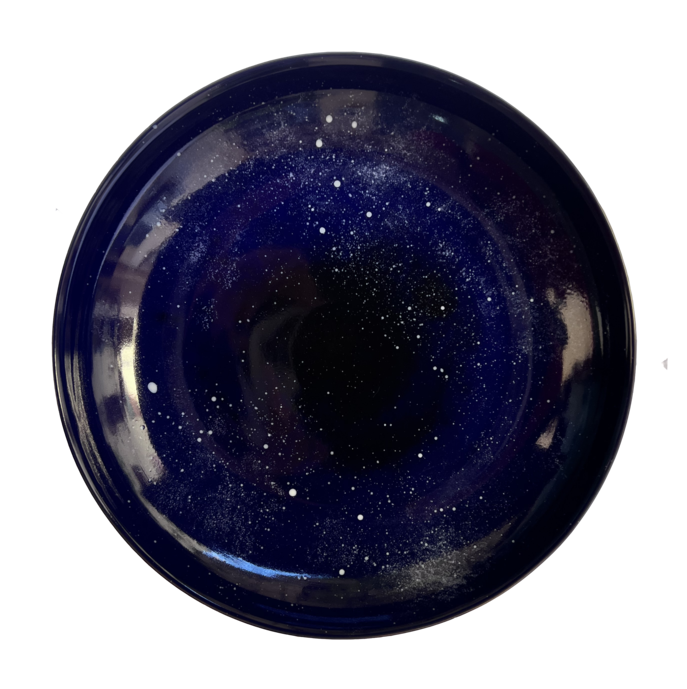
“Black Hole”, Series “Uterus”, Size: Ø 35 cm (14″), Material: Ceramics, Year:2023
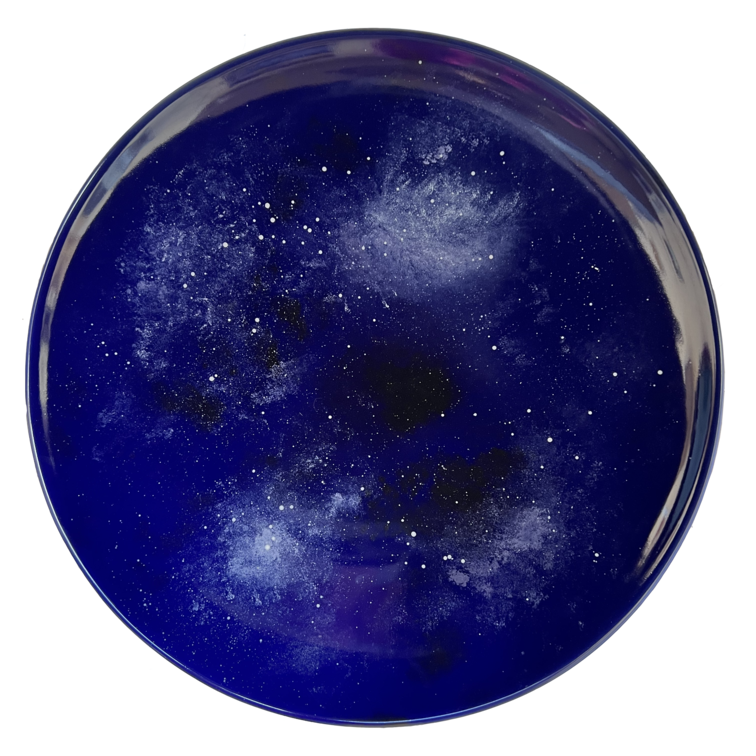
“Cosmos”, Series “Uterus”, Size: Ø 50 cm (20″), Material: Ceramics, Year: 2023
According to anthroposophical thinking, the human being is conceived first in heaven and then on earth.
Clay is taken from underground, removing it from darkness and bringing it into the light, thus bringing it closer to people and the cosmos. The clay awakens from a long hibernation: the sun’s warmth and light slowly melt and dissolve those forces that kept it underground, awaken it from its torpor, and help it to embrace the entire universe.
The uterus and the earth are the two organs where the human seed and plant seeds develop.
Clay is one of the substances entrusted by evolution with protecting life and ensuring its development for the future of the earth. Clay, seed and the future of the earth are an inseparable whole.
Secondo la visione antroposofica il concepimento dell’essere umano avviene prima in cielo e poi sulla terra.
L’argilla viene estratta dal sottosuolo, un’operazione che la sottrae al buio, portandola nella sfera della luce, avvicinandola così all’uomo e al cosmo. L’argilla si risveglia da un lungo letargo: il calore e la luce solare sciolgono e dissolvono piano piano quelle forze che la incatenavano al sottosuolo, la risvegliano dal torpore, portandola ad accogliere l’intero universo.
L’utero della donna e la terra sono i due organi dove il seme umano e quello vegetale si sviluppano.
L’argilla è una delle sostanze a cui l’evoluzione ha affidato il compito di proteggere la vita e assicurarne lo sviluppo per il futuro della terra. Argilla, seme e futuro della terra sono un tutt’uno inscindibile.
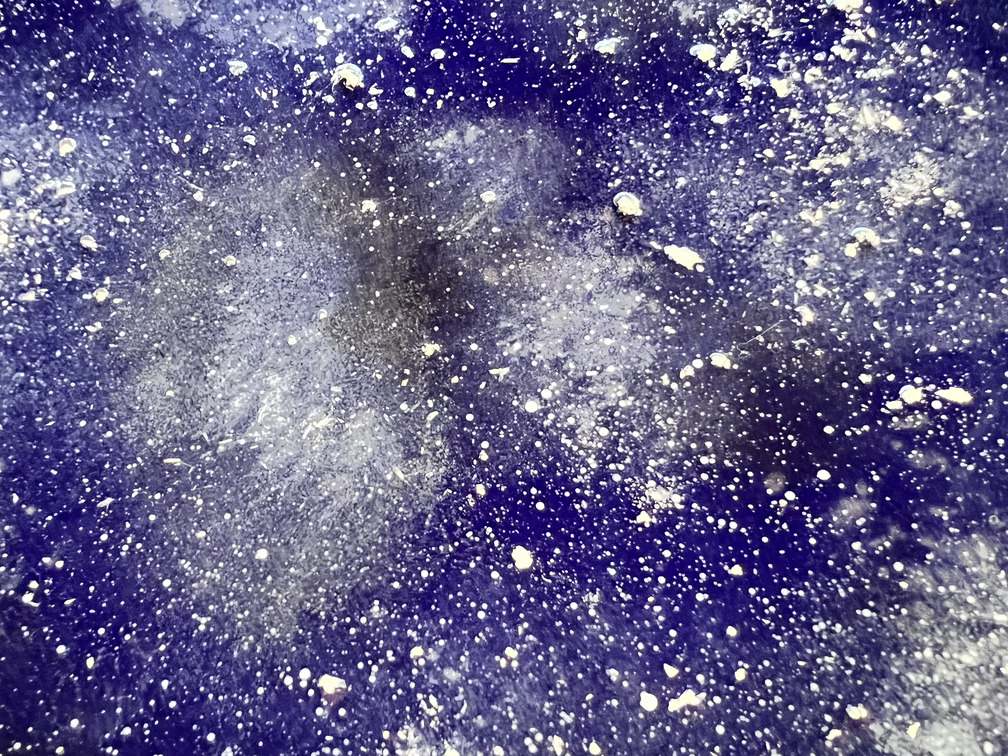
“Cosmic Entropy”, Series “Uterus”, Size: Ø 30 cm (12″), Material: Ceramics, Year: 2023, Detail
In her cosmic visions, Penelope constantly links heaven and earth, the cosmos and humanity, in a globalising, unifying, cosmogonic design. In this new series opened in the global ceramics capital, the artist brings together the Earth and the stars precisely where the elements of earth (clay) and fire meet.
Nelle sue visioni cosmiche, Penelope collega costantemente il cielo e la terra, il cosmo e l’umanità, in un disegno globalizzante, unificante, cosmogonico. In questo nuovo ciclo aperto nella capitale mondiale della ceramica, l’artista unisce la Terra e le stelle proprio laddove si incontrano gli elementi della terra (argilla) e del fuoco.


Bottega Gatti

Bottega Gatti was founded in Faenza in 1928 by the painter and ceramicist Riccardo Gatti.
In the same year the Bottega opened, Riccardo Gatti was exploring the Futurist Movement and created a series of ceramics based on both his own work and pieces from other key members of the group, including Giacomo Balla, Mario Guido Dal Monte, Benedetta Cappa and Remo Fabbri, with whom he had been collaborating since 1930.
In the late Thirties, Gatti participated in the attempt to renew artistic craftsmanship, creating ceramics for the Milan Triennale, based on designs by artists, designers and architects, including Gio Ponti and Giovanni Guerrini.
La Bottega Gatti viene fondata a Faenza nel 1928 dal pittore e scultore ceramista Riccardo Gatti.
Nell’anno stesso dell’apertura della Bottega, Riccardo Gatti si avvicina al Movimento Futurista e realizza una serie di ceramiche sulla base sia di modelli propri che su quelli di alcuni importanti componenti del gruppo artistico, tra cui Giacomo Balla, Mario Guido Dal Monte, Benedetta Cappa e Remo Fabbri, coi quali collabora fino al 1930.
Nella seconda metà degli anni Trenta, Gatti partecipa al tentativo di rinnovamento dell’artigianato artistico, con la realizzazione di ceramiche per la Triennale di Milano, su disegni di artisti, design ed architetti, tra i quali Gio Ponti, e Giovanni Guerrini.
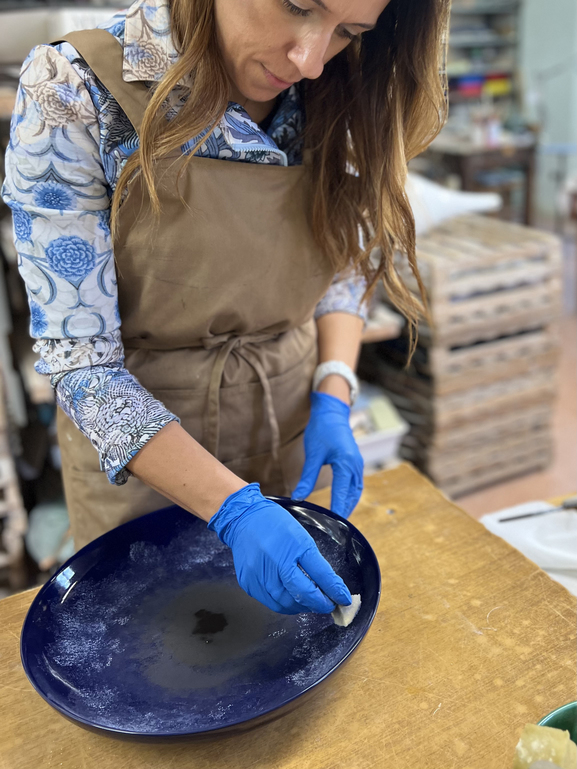
Such experiences, especially that of Futurist ceramics, set the historical and ideal precedent on which Bottega Gatti later resumed and expanded its dialogue and collaborations with major artists. This began happening in the late Eighties, when Dante Servadei, the grandson and pupil of Riccardo Gatti, who took over the running of the workshop upon his death in 1972, alongside his son Davide, began forging new collaborative relationships with renowned artists.
The Bottega has collaborated and still collaborates with Carla Accardi, Aldo Mondino, Luigi Ontani, Mimmo Paladino, Alessandro Pessoli, Ettore Sottsass, Alberto Burri, Sandro Chia, Arman, Enrico Baj, Enzo Cucchi, Mario Della Vedova, Pablo Echaurren, Giosetta Fioroni, Ilya and Emilia Kabakov, Mike Kelley, and many more.
Simili esperienze, in particolar modo quella della ceramica futurista, costituiscono il precedente storico e ideale, su cui la Bottega Gatti ha in seguito ripreso ed ampliato il dialogo e le collaborazioni con importanti artisti. Questa ripresa si verifica alla fine degli anni Ottanta, quando Dante Servadei, nipote ed allievo di Riccardo Gatti, succedutogli nella guida della bottega alla sua morte nel 1972, insieme al figlio Davide, allaccia nuovi rapporti di collaborazione con artisti di grande fama.
La Bottega ha collaborato e collabora con Carla Accardi, Aldo Mondino, Luigi Ontani, Mimmo Paladino, Alessandro Pessoli, Ettore Sottsass, Alberto Burri, Sandro Chia, Arman, Enrico Baj, Enzo Cucchi, Mario Della Vedova, Pablo Echaurren, Giosetta Fioroni, Ilya ed Emilia Kabakov, Mike Kelley, e molti altri.

The Faenza majolica tradition therefore continues in this city’s oldest workshop. The Gatti workshop is still based in the same premises, with the building extended over several floors. The museum and showroom are on the ground floor while production takes place on the first floor.
La tradizione della maiolica di Faenza, quindi, si perpetua nella più antica Bottega di questa città; infatti il laboratorio Gatti si trova ancora negli stessi locali di un tempo, con uno sviluppo dell’edificio su più piani. Al piano terra si trova il museo e la showroom e al piano primo e secondo la produzione.



